Introduction
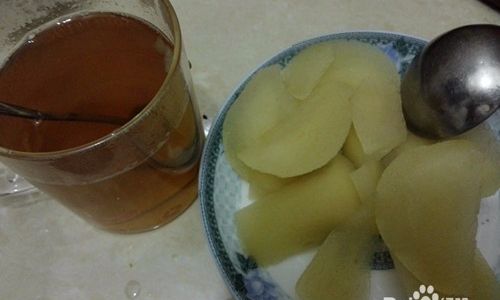
In the realm of traditional Chinese remedies and household beverages, there is a simple yet profoundly comforting drink that has stood the test of time: Pear and Rock Sugar Syrup, commonly known as Bing Tang Xue Li Shui in Mandarin. This drink combines the natural sweetness of rock sugar with the delicate flavor and nourishing properties of pears, creating a syrup that is not only refreshing but also believed to alleviate coughs, sore throats, and dryness. While its origins are deeply rooted in Chinese folk medicine, its appeal transcends cultural boundaries, making it a favorite among many for its soothing qualities and delightful taste.
In this comprehensive guide, we will delve into the art of making Pear and Rock Sugar Syrup, exploring every step from selecting the perfect ingredients to achieving the ideal consistency and flavor. Whether you’re looking to soothe a sore throat, indulge in a healthy dessert, or simply enjoy a refreshing homemade beverage, this guide will equip you with the knowledge and skills to create your own batch of this timeless drink.
Chapter 1: Understanding the Ingredients
Before diving into the recipe, it’s crucial to understand the key ingredients that make up Pear and Rock Sugar Syrup. Each component plays a vital role in not only the taste but also the health benefits of the syrup.
1 Pears
Pears are the star of this syrup, providing a juicy, slightly tangy base that balances well with the sweetness of the rock sugar. When choosing pears, opt for varieties that are known for their juiciness and sweetness, such as Asian pears (Nashi), Bartlett pears, or Bosc pears. These varieties tend to have a higher moisture content and a sweeter flavor profile, making them ideal for syrups and juices.
When selecting pears, look for firm fruit with smooth, unblemished skin. Avoid pears with bruises, soft spots, or mold, as these can indicate spoilage or over-ripeness. The ripeness of the pear will affect the final taste of your syrup, so it’s best to use pears that are ripe but not overly so.
2 Rock Sugar
Rock sugar, also known as crystal sugar or rock candy, is a type of sugar that has larger crystals than regular granulated sugar. It is often used in traditional Chinese medicine and cooking for its supposed health benefits and ability to create a smoother, more mellow sweetness. Unlike refined white sugar, rock sugar is believed to retain some of the molasses and minerals present in the original sugarcane, giving it a richer flavor and a slightly caramel-like taste.
When purchasing rock sugar, you may find it in various sizes and colors. For making Pear and Rock Sugar Syrup, smaller pieces or crushed rock sugar are easier to dissolve. If you can’t find rock sugar, you can substitute it with regular granulated sugar, but be aware that the flavor and texture may differ slightly.
3 Water
While it may seem like a simple ingredient, the quality of the water you use can affect the taste of your syrup. Use filtered or bottled water if possible, as tap water may contain impurities or chlorine that can alter the flavor. The amount of water you use will depend on how concentrated you want your syrup to be. More water will result in a thinner, less syrupy consistency, while less water will produce a thicker, more concentrated syrup.
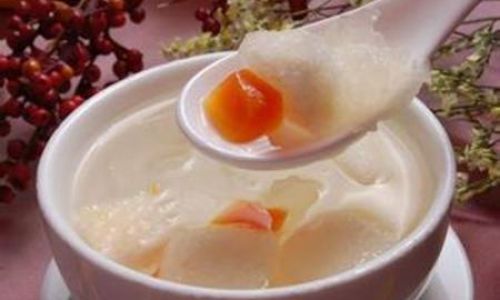
Chapter 2: Preparing the Ingredients
Once you have your ingredients, it’s time to prepare them for the cooking process. This involves washing the pears, peeling and coring them, and crushing or breaking up the rock sugar.
1 Washing the Pears
Start by washing the pears thoroughly under running water. Use a vegetable brush to scrub away any dirt or residue on the skin. If you plan to peel the pears, this step is less critical, but it’s still a good idea to wash them to remove any surface contaminants.
2 Peeling and Coring the Pears
Peeling the pears is optional, as some people prefer to leave the skin on for added fiber and nutrients. However, if you prefer a smoother texture or are using a variety with tough skin, peeling is recommended. Use a vegetable peeler to remove the skin, and then cut the pears in half and remove the cores with a melon baller or small knife.
3 Crushing the Rock Sugar
If you have large pieces of rock sugar, you’ll need to crush them into smaller pieces to make them easier to dissolve. You can do this by placing the sugar in a heavy-duty plastic bag and using a rolling pin or mallet to gently break it up. Alternatively, you can use a blender or food processor to pulse the sugar until it reaches your desired consistency. Be careful not to over-process, as you don’t want the sugar to turn into a fine powder.
Chapter 3: Cooking the Syrup
Now that your ingredients are prepared, it’s time to start cooking. This section will guide you through the cooking process, from simmering the pears and sugar to achieving the perfect consistency.
1 Combining Ingredients
Place the peeled and cored pears, crushed rock sugar, and water into a large, heavy-bottomed pot. The ratio of ingredients can vary depending on your personal preference, but a good starting point is 4-6 pears, 1 cup of crushed rock sugar, and enough water to cover the pears by about an inch. Adjust the amounts based on the size of your pot and how concentrated you want your syrup to be.
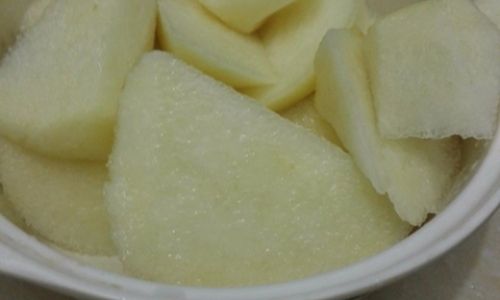
2 Simmering the Syrup
Set the pot over medium-high heat and bring the mixture to a boil. Once boiling, reduce the heat to low and let the syrup simmer gently. Stir occasionally to prevent the sugar from sticking to the bottom of the pot and to ensure that the pears are evenly cooked.
As the syrup simmers, the pears will soften and release their juices, creating a rich, flavorful liquid. The cooking time will depend on the size and ripeness of the pears, but it typically takes around 30-45 minutes for the syrup to reach the desired consistency.
3 Testing for Consistency
To test the consistency of your syrup, use a spoon to scoop out a small amount and let it cool slightly. Taste it to see if the sweetness and flavor are to your liking. If the syrup is too thin, you can let it simmer for a few more minutes. If it’s too thick, you can add a little more water and stir well.
Keep in mind that the syrup will continue to thicken as it cools, so it’s best to err on the side of being a bit thinner while it’s still hot.
Chapter 4: Straining and Serving
Once the syrup has reached the desired consistency, it’s time to strain out the pears and prepare it for serving. This section will walk you through the straining process and provide tips for storing and serving your syrup.
1 Straining the Syrup
Set a fine-mesh strainer or cheesecloth over a large bowl and pour the syrup through it, allowing the liquid to drain while catching the pears and any solid bits. You can discard the pears or save them for another use, such as adding them to oatmeal or yogurt.
2 Cooling and Storing
Let the strained syrup cool to room temperature, and then transfer it to a clean, airtight container. You can store it in the refrigerator for up to a week. The syrup will thicken further as it cools, so be sure to give it a good stir before serving.
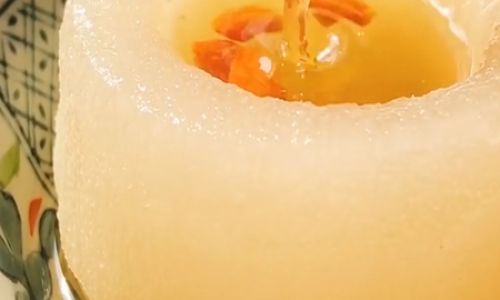
3 Serving the Syrup
Pear and Rock Sugar Syrup can be served in a variety of ways. It’s delicious on its own as a refreshing drink, or you can use it as a base for smoothies, cocktails, or even as a topping for ice cream or pancakes. You can also add a splash of lemon juice or a few drops of vanilla extract to enhance the flavor.
For a hot drink, simply warm up a serving of the syrup in a microwave or on the stovetop and enjoy it as a soothing, healing beverage.
Chapter 5: Customizing and Experimenting
While the classic recipe for Pear and Rock Sugar Syrup is delicious and effective, there’s no reason to stop there. This chapter will explore some creative ways to customize and experiment with your syrup, allowing you to create unique flavors and variations that cater to your personal tastes.
1 Adding Spices and Herbs
One easy way to customize your syrup is by adding spices and herbs. Cinnamon sticks, cloves, and star anise can add warmth and depth to the syrup, while ginger or lemon peel can provide a refreshing, zesty kick. Simply add a few of your favorite spices to the pot along with the pears and sugar, and let them simmer together.
2 Infusing with Extracts and Flavors
Extracts and flavors can also be used to infuse your syrup with unique tastes. Vanilla extract, almond extract, or rosewater can add a touch of elegance and sophistication, while lavender or mint can provide a calming, refreshing effect. Add a few drops of your chosen extract or flavor to the syrup during the last
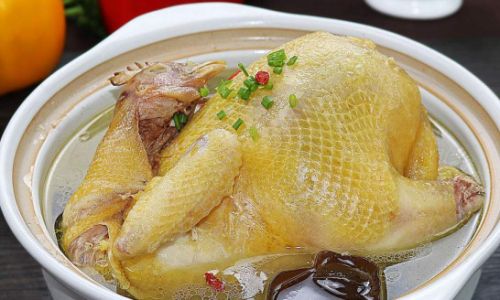
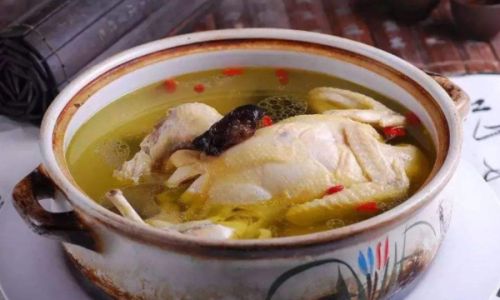

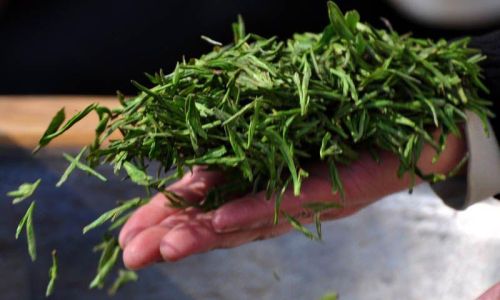
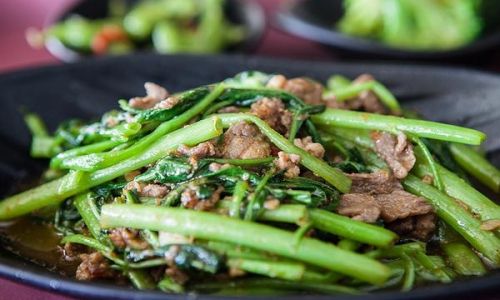
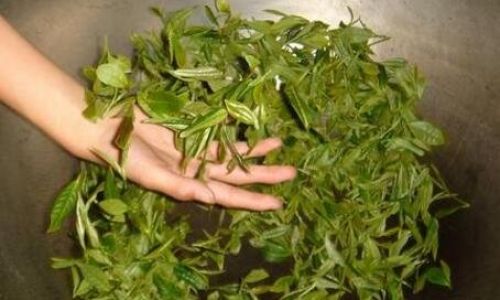
0 comments